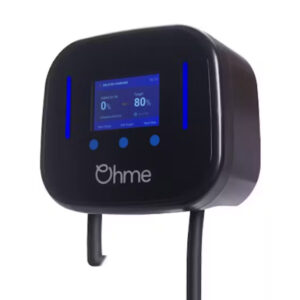Welcome to our home electric car charger comparison video series…
During each video we’ll focus on one of the top six home EV chargers available in the UK, explaining their features, whilst highlighting any areas of concern.
The top 6 home EV chargers as we see it are:
Each one of these has their own uniqueness, from Anderson being the most stylish (but most expensive), EO being the smallest, the solar ready Zappi to the best overall value Wallbox.
Today, we’re not going to delve deep into their features and benefits, as we’ll be doing individual product reviews on each home EV chargers over the next few weeks.
But if you can’t wait and want to compare them now, you can find a copy of this comparison chart at https://www.evolutionsolutions.co.uk/home-charging/home-charger-units.
…or drop an email to darren@evolutionsolutions.co.uk and I’ll send you a copy.


